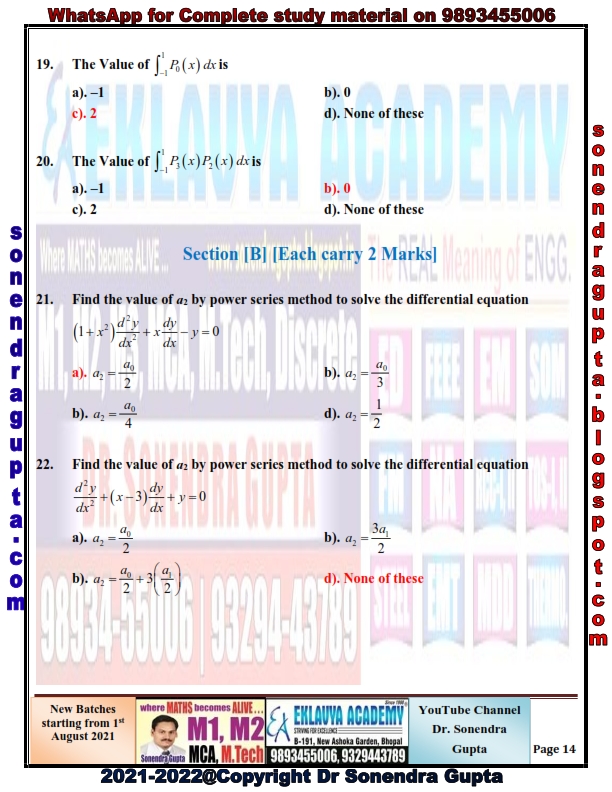

Additionally, we propose a specified curriculum learning strategy to optimize the CRT, which progressively increases the dropping ratio in the training process.Ītmospheric Monitoring Systems (AMS) are critical in underground coal mine ventilation where methane explosion hazards can develop. To discriminate the representations in global latent space, we propose Instance Discrimination Constraint to reduce the mutual information between different time series and sharpen the decision boundaries. Then a transformer architecture is utilized to adequately capture the cross-domain correlations between temporal and spectral information through reconstructing data in both domains, which is called Dropped Temporal-Spectral Modeling. Dropping can maximally preserve the global context compared to cropping and masking. Specifically, we transform time series into the frequency domain and randomly drop certain parts in both time and frequency domains. CRT achieves time series representation learning through a cross-domain dropping-reconstruction task. In this paper, we aim at learning representations for time series from a new perspective and propose Cross Reconstruction Transformer (CRT) to solve the aforementioned problems in a unified way. Also, few works have focused on effectively modeling across temporal-spectral relations to extend the capacity of representations. Nevertheless, they are restricted to the prior knowledge of constructing pairs, cumbersome sampling policy, and unstable performances when encountering sampling bias. Existing approaches mainly leverage the contrastive learning framework, which automatically learns to understand the similar and dissimilar data pairs.

Unsupervised/self-supervised representation learning in time series is critical since labeled samples are usually scarce in real-world scenarios.
#Timenet time series classification differentiable archive
For several publicly available datasets from UCR TSC Archive and an industrial telematics sensor data from vehicles, we observe that a classifier learned over the TimeNet embeddings yields significantly better performance compared to (i) a classifier learned over the embeddings given by a domain-specific RNN, as well as (ii) a nearest neighbor classifier based on Dynamic Time Warping. The representations or embeddings given by a pre-trained TimeNet are found to be useful for time series classification (TSC). Once trained, TimeNet can be used as a generic off-the-shelf feature extractor for time series. Rather than relying on data from the problem domain, TimeNet attempts to generalize time series representation across domains by ingesting time series from several domains simultaneously. Inspired by the tremendous success of deep Convolutional Neural Networks as generic feature extractors for images, we propose TimeNet: a deep recurrent neural network (RNN) trained on diverse time series in an unsupervised manner using sequence to sequence (seq2seq) models to extract features from time series.


 0 kommentar(er)
0 kommentar(er)
